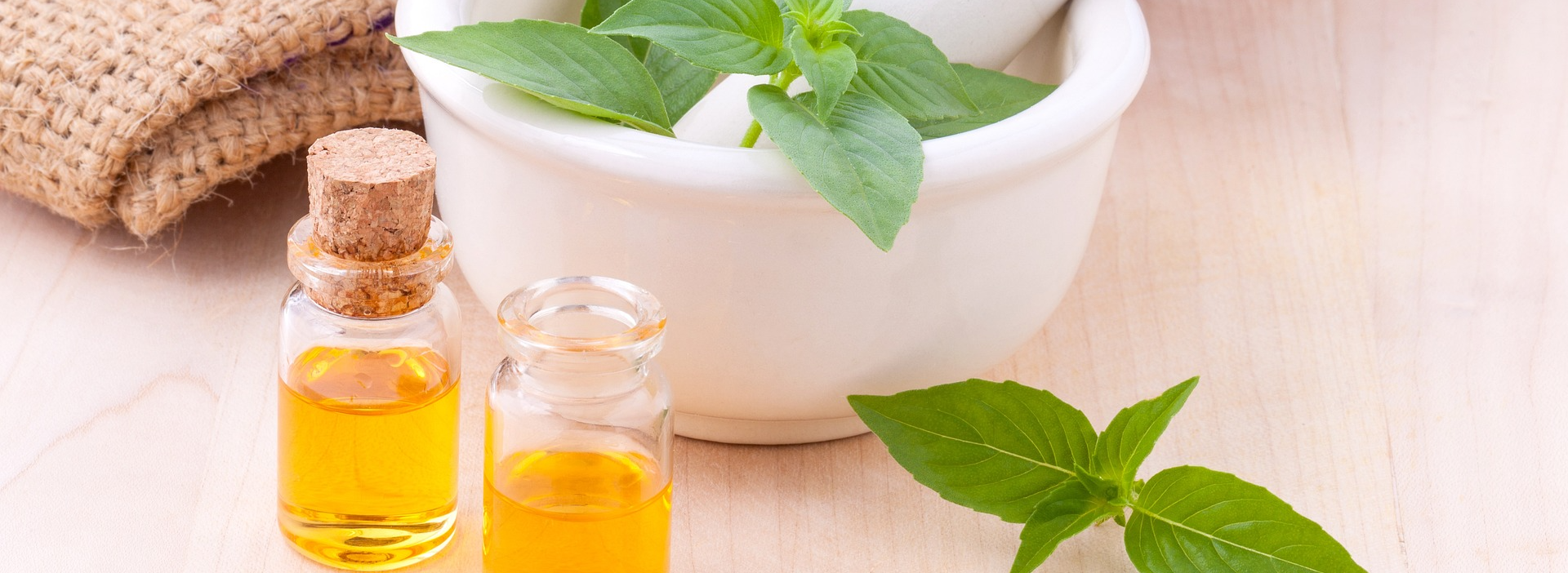Lekovite Sirovine
Lekovite Sirovine is a peer-reviewed open-access journal with no publication fees or article processing charges. The journal publishes original research papers, professional papers, and reviews in the fields of medicinal plant research, ethnopharmacology, phytotherapy, phytomedicine, medicinal fungi, and related disciplines.
With a long-standing scientific tradition since 1951, Lekovite Sirovine aims to strengthen and support the research and educational foundation for emerging and established scientists worldwide.
Volume 44 • Issue 1 • 2024
Research Article
Cyclodextrin-aided green extraction from Fagopyrum esculentum Moench – an effective strategy for the sustainable recovery of polyphenols
Snežana Kuzmanović Nedeljković, Milica Radan, Dubravka Bigović and Katarina Šavikin
2024-12-23 Volume 44 • Issue 1 • 2024 • 1-9
Turning Agricultural Waste into a Powerful Solution: Enhanced Lead Removal via Chemically Modified Oat Straw
Jelena Dimitrijević, Sanja Jevtić, Marija Simić, Marija Koprivica, Aleksandar Jovanović, Milica Mišić and Jelena Petrović
2024-12-23 Volume 44 • Issue 1 • 2024 • 1-7
Sonication of smoke tree extract-loaded liposomes: the antioxidant potential of particles
Aleksandra Jovanović, Milena Milošević, Miroslav Novaković and Aleksandar Marinković
2024-12-23 Volume 44 • Issue 1 • 2024 • 1-3
Antioxidant, antimicrobial and cytotoxic activity of selected macroalgae from the Adriatic Sea (Boka Kotorska Bay, Montenegro)
Sanja Sovran, Aleksandar Knežević, Jasmina Glamočlija, Ana Ćirić, Tatjana Stanojkovic, Vesna Mačić, Jelena Krizmanić and Danijela Vidaković
2024-12-23 Volume 44 • Issue 1 • 2024 • 1-7
GC-MS, FTIR, Phytochemical Profiling and Antibiogram Pattern of Ipomoea asarifolia on Bacterial Strains from Wound
Stephen Kayode S Ojo, Ayomipo Martins, Adenike Alaba, Oluwatimilehin E Adelugba, Simeon Oriowo, Olusola O Ademola, Abosede A Yusuf, Ibukun A Ojo, Kamoru T Aliu, Mobolaji A Adelabu and Olawale P Odeleye
2024-12-23 Volume 44 • Issue 1 • 2024 • 1-9
Anatomical Study of Japanese Knotweed (Reynoutria japonica Houtt. Polygonaceae): key Insights for Identifying an invasive species with medicinal traits
Danilo Stojanović, Miloš Zbiljić, Jelena Brezičanin and Zoran Maksimović
2024-12-23 Volume 44 • Issue 1 • 2024 • 1-7
Vitamin C content and antioxidant activity of red currant (Ribes rubrum L.) juices
Bojana Miladinović, Milica Randjelović, Slavoljub Živanović, Milica Milutinović, Miloš Jovanović, Nemanja Kitić, Suzana Branković and Dušanka Kitić
2024-12-23 Volume 44 • Issue 1 • 2024 • 1-7
Total Phenolic Content and Radical Scavenging Potential of Celery Root and Celeriac Stalk and Leaf Extracts
Ana Plećić, Marija Gnjatović and Aleksandra Jovanović
2024-12-23 Volume 44 • Issue 1 • 2024 • 1-4
Total phenolic and flavonoid content in Boswellia serrata Roxb. resin extracts obtained with subcritical water
Tanja Brezo-Borjan and Jaroslava Švarc-Gajić
2024-12-23 Volume 44 • Issue 1 • 2024 • 1-5

